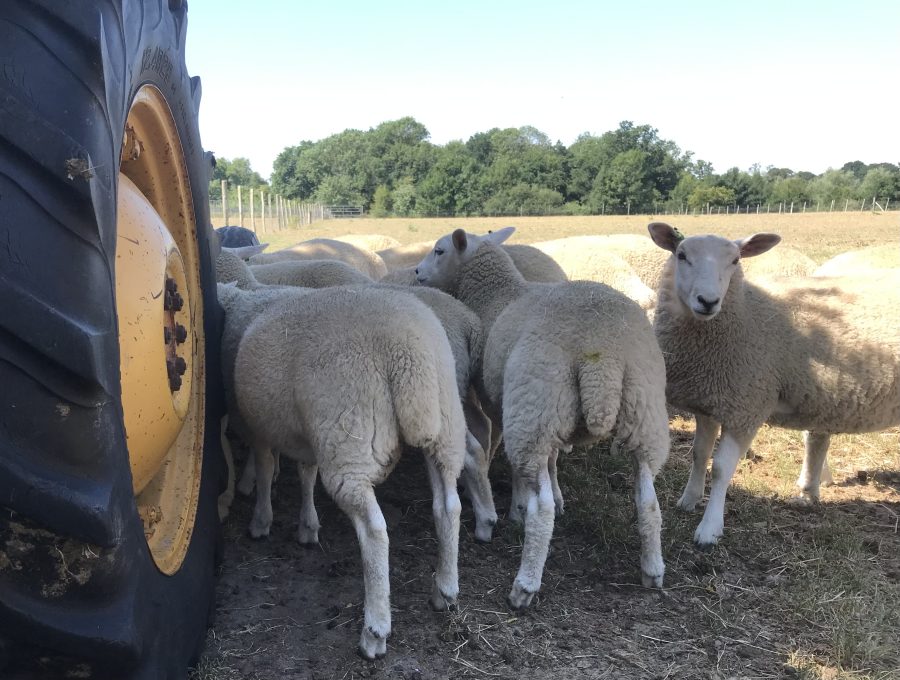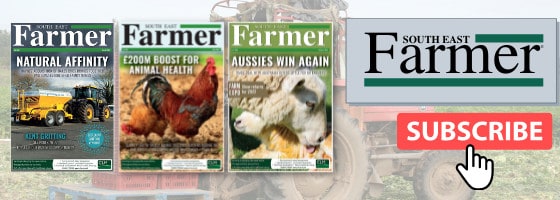In all my 70-plus years I cannot recall a spring and early summer quite like the one that we are currently experiencing.
The closest recollection I have is the summer of ’76, when even wild swimming in mountain lakes in North Wales was quite pleasant rather than the usual bone-chilling experience; I have vivid memories of being delayed for 24 hours at Heathrow waiting to fly back out to a university research farm in Saudi Arabia when the front pages of most newspapers were covered with headlines bemoaning a temperature of close to 90°F (as it was then, 32°C now) on the centre court at Wimbledon. It was almost a relief to get back to the dry, 50°C of the desert rather than the humid, 30°C of the UK.
The Azores High has, since March, persistently and successfully blocked the majority of rain-bearing systems from reaching the south and east of the UK. Our average rainfall from March to June (inclusive) is about 160mm; this season we have struggled to reach 40mm, and even that in smallish doses that were simply sucked up by the scorching sun almost as soon as they fell. A decent drop of rain, 30mm, over 6-7 July was most welcome (it wouldn’t quite be the Kent County Show without a drop of rain), but the heat wave that followed limited its benefits somewhat; it’s a sign of how bad things have become when people were getting excited about one 36-hour rainy spell that only produced some 75% of the total rainfall over the previous four months.
Being all permanent pasture, largely on rather poor shallow soils, we were almost devoid of grass by the end of May except for the rams and ewe tegs who, being on a bit of better ground with rather more grass in front of them, have done well, the ewe tegs in particular. We have been feeding hay to much of the flock since mid-June. Weaning early took a bit of pressure off the ewes and the introduction of a bit of creep feed has kept the lambs moving forwards; it would have been nice to have had a bit more condition on the lambs for the Kent County Show, but I have never been one to stuff show animals. My view has always been that, although being pedigree, they should reflect good commercial practice. That said, we still managed to do reasonably well, coming home with a good assortment of rosettes.
In spite of the challenges the flock have faced this season, I have constantly been surprised by how well the sheep have performed. I thought the ewes looked particularly well at shearing and they looked just as good at weaning, apart from a few plainer sorts, those generally for a reason. I am convinced that when they have been challenged, sheep switch up a gear in terms of efficiency. Logically, from what they have faced this season, the flock should not look as good as it does. It’s not that they haven’t done their lambs justice; the lambs were strong, well grown and looked very much the part at weaning. The ewes went, I am sure, into survival mode and dug deep this year, performing surprisingly well off rather poor pickings, but they (whoever they are) always say “better a roast lamb than a boiled one”, the hot, dry environment taking them back to their roots in prehistory in the Near and Middle East.
I really dislike appearing anthropomorphic, but one clear example of a sheep digging deep and coming up with the goods when required has been demonstrated by one of our ewes who was quite badly injured in the dog attack, way back in February. At the time it was touch and go as to whether she should be shot, but the vet thought that she would make a recovery, so we persevered, although with one badly injured leg; sadly she has never fully regained the use of that leg but has coped well on the other three for almost five months, producing a lovely pair of lambs, which she did well, and which were indistinguishable from the rest of the cohort at weaning.
She also managed her condition reasonably well, that is up until weaning; once her lambs were weaned, she just began to melt quite dramatically, to the point where, within a matter of two weeks, I felt obliged to do the fair thing by her and called in the knackers to shoot her and take her away. I was certainly not going to put her through the travails of the market, even though Trading Standards had said that, as there was a good reason for her not being weight bearing on all four feet, it would be OK to take her in. That ewe knew that she had achieved what she needed to do in rearing her lambs and, once done, simply gave up.
Hopefully this will be the final chapter in February’s dog worrying incident, although I do wonder if some of the ewes that had stillborn lambs this season as a result of the attack will produce next year. They probably need separating from the rest of the flock to slim them off a bit if they are going to breed successfully. They would make lovely culls but it’s not really fair to cull them through no fault of their own, so they will all get another chance.
Lamb prices have been rather disappointing recently, due, I suspect, in part to some poorer finished lambs, with a clear two-tier system evolving between those lambs that have been fed and those that have been grass finished, with the former making significantly better prices. As producers see grass supplies dwindling and are keen to sell anything that is close to being finished in order to both take some of the pressure off diminishing grass stocks and move lambs on before they begin to go back, some poorer finished lambs are finding their way into the market. Hopefully some decent rains in the West Country will help to lift demand and prices for store lambs.
Sadly, we have now entered a period when high pressure is more likely to continue to dominate. This is not a bad thing for arable producers and harvest, although the dry weather will undoubtedly have an impact on both yields and quality, but the chances of getting some summer grass look increasingly slim; all we can hope for now is a decent autumn flush of grass to see ewes, hopefully, into a successful and productive tupping.
For more like this, sign up for the FREE South East Farmer e-newsletter here and receive all the latest farming news, reviews and insight straight to your inbox.







